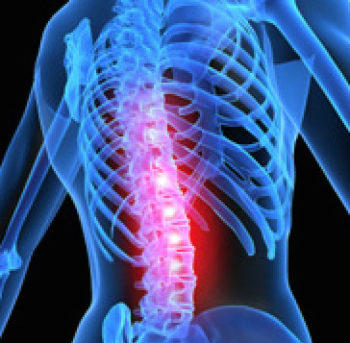Pain Management for the Correctional Nurse
Costing more than $600 billion dollars annually, chronic pain is a major concern in the community. For example, in Michigan, 27.2% of residents surveyed in the 2011 Michigan Resident Survey indicated that they accessed a healthcare provider for the treatment of chronic pain, and 29% had sought treatment for acute pain. There is disparity in the amount and type of pain treatment provided in the community and in the correctional environment. The nature of incarceration makes some non-pharmacologic therapies that might normally be recommended difficult to support. Pharmacological treatments may also be very challenging in our environment. Guidelines exist for the treatment of pain, including those from such organizations as the American Pain Society; The World Health Organization; the American Academy of Pain Medicine; and the National Commission on Correctional Health Care. It is important for the correctional facility to have a pain management guideline to which they adhere, so that a standardized methodology that complies with community standard of care can be demonstrated. It is also important for patient continuity of care when they are released into the community.
Pain may be considered acute or chronic, and the course of treatment for each is different. Assessment skills are extremely important when assessing our patient’s complaint of pain, and it is very important for nursing staff in corrections to remember that pain is measured subjectively. The American Pain Society qualifies “pain” by stating that it is the provider’s responsibility to accept the patient’s pain report, rather than the patient having to prove to the provider that pain exists.
Pain interferes with quality of life, and patients have a right to relief from this interference, even when they are incarcerated. Physically, the costs incurred by uncontrolled pain include tachycardia, hypertension, increased myocardial demand and hypercoagulation; disturbed sleep patterns (which lower pain threshold and increase the intensity of pain); hormonal disturbances; increased risk of complication related to immobility, deconditioning and disuse; and nerve desensitization and death. Psychosocially, pain may lead to mood disorders, which can be disabling and costly to treat; hopelessness and helplessness, resulting in withdrawal from support system and isolation; increased absenteeism at work and decreased work production, leading to a decrease in income; an overuse of the health care system which cannot bear this heavy utilization; and an increase in suicidal ideation.
